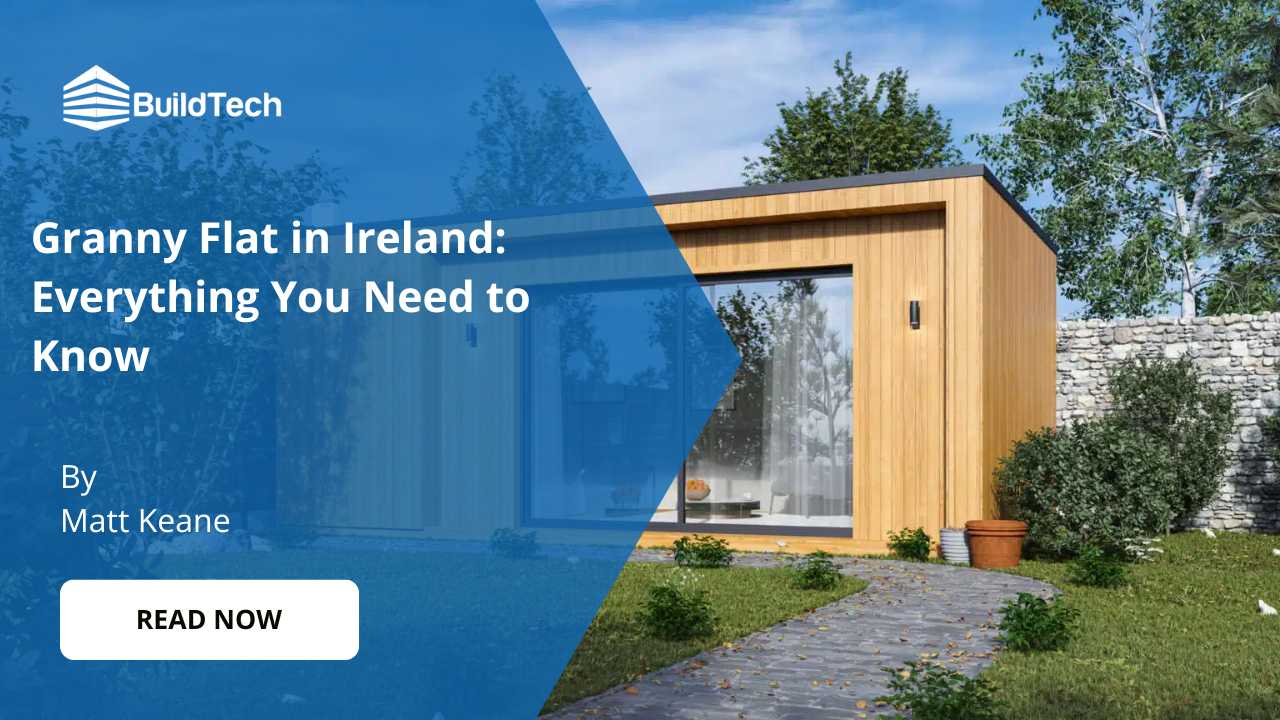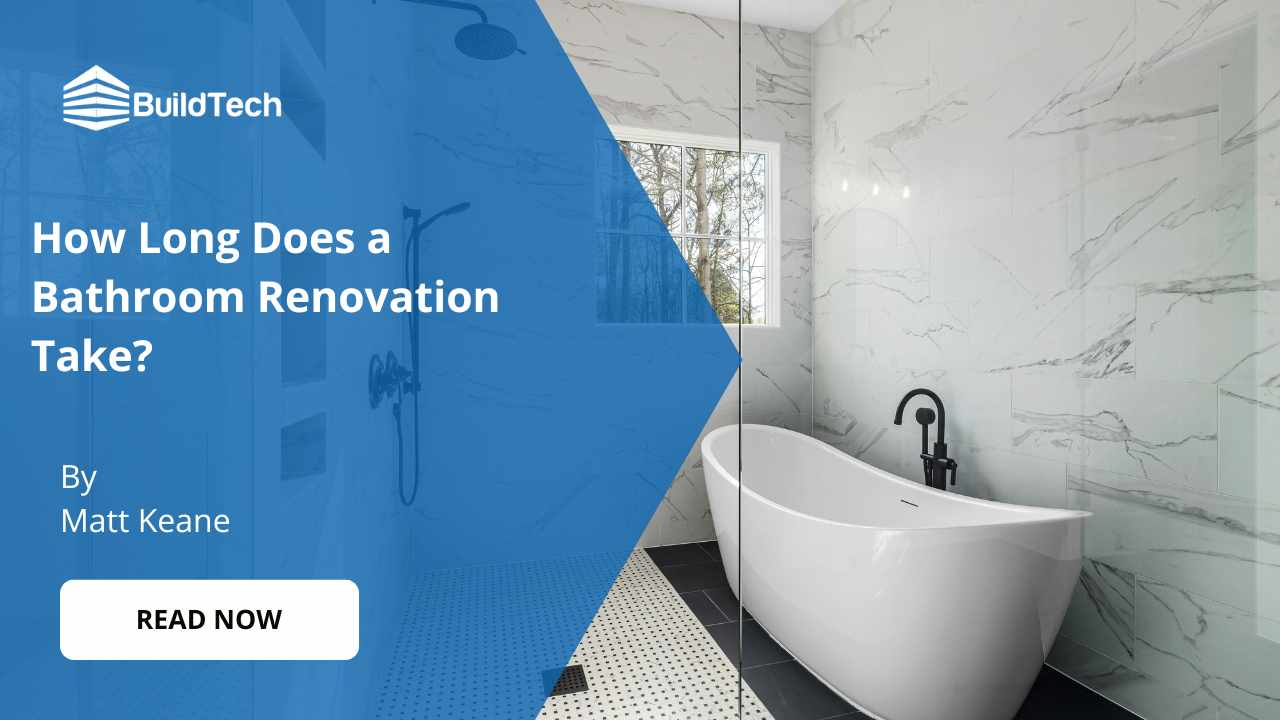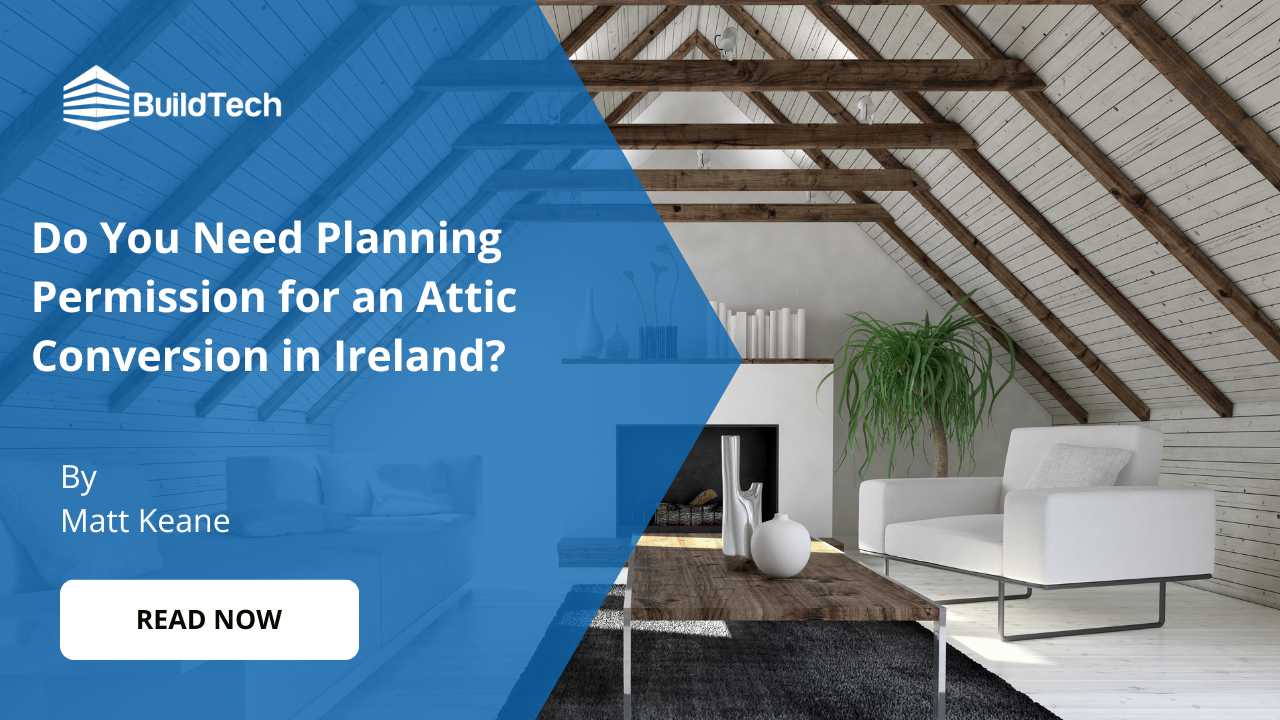Feeling confined in your Irish home? You’re not alone. Many homeowners face this issue. But there’s a solution: designing the perfect home extension layout. This article is your guide to making smart design choices that maximise light and space while keeping budgets, regulations, and Ireland’s unique climate in mind.
So, get ready to embark on an exciting journey towards creating your dream home extension in Ireland!
Key Takeaways
- Mirror Magic: Reflect elements of your existing building for a cohesive, visually appealing extension.
- Cladding Adventure: Dare to be different with cladding ideas for a unique, durable, and weather-resistant extension.
- Space Shuffle: Reconfigure existing spaces to enhance functionality and flow when extending.
- Material Matters: Choose your materials wisely for an aesthetically pleasing, durable, and cost-effective extension.
5 Elements of Good Extension Design
When designing a home extension in Ireland, it is important to consider several elements that contribute to a successful and aesthetically pleasing design.
By mirroring elements of the existing building, being adventurous with cladding ideas, reconfiguring existing spaces, carefully considering materials used, and maximising natural light and views, homeowners can create an extension layout that seamlessly blends with their home while adding functional space.
Consider mirroring elements of the existing building
We advise you to copy parts of the old building in your new design. This helps to make sure your home looks like one whole piece, not two different parts. This might mean using the same bricks or window style, for example.
It's key that everything blends well together and feels right when you walk from room to room. By doing this, your home will look good and feel comfy too! Working on a shared idea between the old and new parts can bring out the best in both!
Be adventurous with cladding ideas
We encourage you to be creative and bold when it comes to cladding ideas for your home extension. Explore different materials and textures that can add character and uniqueness to the exterior of your extension.
Whether it's timber, brick, stone, or a combination of materials, think outside the box and choose something that complements the existing building while making a statement. Don't be afraid to mix and match cladding options to create an eye-catching design that stands out from the crowd.
Furthermore, by being adventurous with cladding ideas, you can give your home extension a distinct personality and enhance its overall aesthetic appeal. Consider incorporating modern elements or traditional touches, depending on your personal style and preferences.
In fact, the right choice of cladding can transform the look of your extension completely, adding value not only in terms of visual impact but also in terms of durability and weather resistance.
Lastly, remember that when selecting different cladding options for your home extension, take into account factors such as maintenance requirements, insulation properties, and how well they blend with the surroundings.
Reconfigure existing spaces when extending
When extending your home, it's important to consider how you can reconfigure the existing spaces to make the most of your new extension. This will help ensure a seamless flow between the old and new parts of your house.
We recommend working with an architect or designer who can help you come up with creative solutions for reconfiguring the layout. For example, you might want to open up walls or remove unnecessary partitions to create larger, more flexible living areas.
By rethinking the existing spaces in your home, you can maximise the functionality and enjoyment of your new extension.
Carefully consider materials used
We should carefully consider the materials used when designing a home extension. The choice of materials can greatly impact the overall aesthetic, durability, and functionality of the extension.
For example, using high-quality and sustainable materials can ensure that the extension stands the test of time while also reducing its environmental impact. It is important to consult with professionals who can provide guidance on selecting appropriate materials based on factors such as weather conditions in Ireland and maintenance requirements.
Additionally, considering cost-effective options without compromising on quality is crucial for homeowners looking to stay within budget while achieving their desired design outcome.
Maximise natural light and views
To create a bright and airy home extension, it's important to maximise natural light and views. This can be done by incorporating large windows, skylights, or even glass walls into your design.
Not only will this bring in more sunlight, but it will also provide stunning views of your surroundings. By connecting your interior space with the outdoors, you'll create a sense of openness and make your extension feel more spacious.
So when planning your home extension layout in Ireland, remember to prioritise natural light and take advantage of the beautiful views that surround you.
5 Tips for Designing a Successful House Extension
When designing a successful house extension, it is important to consider small extensions that can still make a big difference. Two-storey extensions often make more sense and provide more space for your needs.
Additionally, glazed link extensions can create a seamless connection between the old and new spaces. Flexibility should be incorporated into the design to accommodate changing needs, and lighting can help define new and existing spaces within the extension layout.
Small house extensions can make a big difference
Adding a small extension to your house can have a significant impact on the overall layout and functionality. Even with limited space, you can create extra room for a home office, play area, or additional living space.
Therefore, it's important to work closely with an architect or designer who specialises in house extensions in Ireland. They can help you maximise the available space and ensure that the new addition seamlessly integrates with your existing home.
Additionally, consider options such as single-storey side extensions or glazed link extensions to make the most of your budget and achieve the desired outcome. So, remember to prioritise natural light and views when designing your extension, as these elements can greatly enhance the overall appeal of your home.
Two-storey extensions often make more sense
Two-storey extensions can be a smart choice when designing your home extension in Ireland. They provide more space and allow for better utilisation of the available land. With a two-storey extension, you can add extra bedrooms, bathrooms, or even an open-plan living area on the ground floor.
In fact, this design option gives you more flexibility and allows you to maximise the potential of your home. It's important to consult with an architect or designer to ensure that the structural integrity of your existing building will support a two-storey addition.
Moreover, planning permission may also be required, so make sure to check the regulations before proceeding with this type of extension.
Consider a glazed link extension
A glazed link extension is a great idea to consider when designing your home extension in Ireland. It involves creating a connecting space between the existing house and the new extension, with large windows or glass panels to allow maximum natural light into both areas.
This not only creates a seamless transition between the old and new parts of your home but also provides beautiful views of your garden or surroundings. A glazed link extension can be a stunning architectural feature that adds value to your property while enhancing its overall aesthetic appeal.
Create flexible spaces
We understand that creating flexible spaces is an important aspect of designing a home extension. By doing so, you can ensure that your new space adapts to your changing needs over time.
One way to achieve this is by incorporating open floor plans and multi-purpose rooms that can be easily reconfigured as needed. Consider using sliding doors or partitions to separate different areas when privacy is required, but also allow for an open flow when desired.
Additionally, choosing furniture and fixtures that can be moved around or folded away when not in use maximises the functionality of your space. With flexible spaces, you can truly make the most of your home extension and create a versatile living environment for you and your family.
For instance, creating flexible spaces in your home extension allows you to adapt the space as your needs change over time. Open floor plans and multi-purpose rooms with movable furniture are great ways to achieve flexibility in design.
Use lighting to define new and existing spaces
Good lighting is essential when designing a home extension. It can help define both the new and existing spaces, creating a cohesive and functional layout. By strategically placing lights, you can highlight certain areas or features in the extension while maintaining good visibility throughout.
In fact, this can be achieved using a combination of natural light sources like windows or skylights, as well as artificial lighting fixtures such as spotlights or pendant lights. Consider the functionality of each space and choose appropriate lighting options to enhance its purpose.
Ultimately, lighting not only improves the aesthetics of your home but also adds an element of safety and comfort to your daily living experience.
Considerations for Designing an Extension in Ireland
When designing an extension in Ireland, it is important to consider various factors such as the potential for overheating in glazed extensions, the positioning of staircases, acoustic changes that may occur, exterior changes that could impact the overall aesthetic of the property, and the option to expose oak beams for added charm.
Overheating in glazed extensions
Glazed extensions can bring in a lot of natural light, but they can also lead to overheating. This is a common concern for homeowners in Ireland, especially during the summer months.
When designing your extension, it's important to consider ways to prevent overheating. You can use shading devices like blinds or awnings to control the amount of sunlight that enters the space.
Insulating materials and double glazing can also help regulate temperatures. Good ventilation is key, so make sure you have windows that open and consider incorporating ceiling fans or air conditioning if necessary.
Staircase positioning
When designing a home extension, the positioning of the staircase is an important consideration. It should be placed in a way that allows for easy and convenient access to the new space.
A well-placed staircase can create a seamless flow between the existing and extended areas of your home. It's also important to ensure that the staircase doesn't take up too much valuable floor space or disrupt the layout of other rooms.
By working closely with your architect or designer, you can find the best location for your staircase that maximises both functionality and aesthetics within your home extension project in Ireland.
Moreover, when considering where to position your staircase, you may need to consult building regulations in Ireland to ensure compliance with safety standards. Additionally, discussing this aspect early on in the planning process will allow you to incorporate any necessary structural changes into your overall design plans.
Acoustic changes
When designing a home extension, it's important to consider the acoustic changes that may occur. Adding an extension can change the way sound travels within your home, so it's essential to take this into account during the design process.
You might need to think about installing soundproofing materials or choosing construction methods that minimise noise transmission. This will help you create a more peaceful and comfortable living environment in your extended home.
Be sure to discuss these acoustic considerations with your architect or designer to find the best solutions for your specific needs.
Exterior changes
We must also consider making some exterior changes when designing a house extension. For example, we can think about the cladding materials and how they will complement the existing building.
We should also consider any changes to the roofline or windows that may be necessary for a cohesive look. Additionally, we could expose oak beams if they exist in the structure, as it adds charm to the overall design.
Furthermore, we need to keep in mind any potential overheating issues with glazed extensions and make appropriate adjustments. And finally, let's not forget about acoustic changes that may occur when extending our homes, as well as carefully positioning staircases for optimal flow and functionality.
Exposing oak beams for charm
We can also consider exposing oak beams when designing a home extension in Ireland to add charm and character. Oak beams are known for their natural beauty and warmth, and they can create a rustic and cosy atmosphere in your space.
By leaving these beams exposed, you can showcase the craftsmanship of the construction while adding visual interest to the room. Exposing oak beams is a popular design choice that many homeowners opt for when creating a traditional or country-style extension.
However, it's important to note that exposing oak beams may require professional assistance to ensure structural integrity and safety measures are met during the construction process.
Example: "Exposing oak beams adds charm and character to your home extension in Ireland. The natural beauty of these beams creates an inviting and warm atmosphere, perfect for a rustic or country-style space.
Planning and Building Regulations for House Extensions in Ireland
Check if planning permission is required for your house extension, and ensure you understand the building regulations in Ireland before proceeding with any construction. Consult with a professional architect or designer to help navigate the necessary permits and approvals, ensuring that you follow proper construction and safety standards throughout the process.
Check if planning permission is required
Before starting your home extension project in Ireland, it's important to check if planning permission is required. Here are a few key points to consider:
- Research the guidelines: Familiarise yourself with the local planning regulations and guidelines in your area. Each county may have its own specific rules, so it's essential to know what applies to your location.
- Contact your local authority: Reach out to your local planning authority to discuss your proposed extension. They can provide you with guidance on whether planning permission is necessary for your specific circumstances.
- Consider permitted development rights: In some cases, you may be able to make certain changes or extensions without needing formal planning permission. These are known as permitted development rights. However, there are limitations and conditions that must be met, so make sure you understand them before proceeding.
- Seek professional advice: If you're unsure about whether you need planning permission or how to proceed, it's best to consult with a professional architect or designer who is familiar with the local regulations. They can assess your situation and guide you through the process.
- Apply for planning permission if required: If it's determined that planning permission is necessary for your home extension, submit an application to the appropriate authority. Ensure that all required documents and information are included in the application package.
Understand building regulations
Understanding building regulations is crucial when designing a home extension in Ireland. These regulations ensure that your extension meets certain safety standards and complies with local laws.
They cover important aspects such as structural integrity, fire safety, insulation, and accessibility. When planning your extension, it's essential to familiarise yourself with these regulations to avoid any issues down the line.
Therefore, consulting with a professional architect or designer who has experience working within these regulations can help you navigate the process smoothly and ensure that your extension is compliant.
Consult with a professional architect or designer
Consulting with a professional architect or designer is crucial when designing your home extension in Ireland. They have the expertise and experience to help you create a functional and aesthetically pleasing layout that suits your needs and budget.
An architect or designer can guide you through the planning process, provide valuable insights, and ensure that your extension meets all the necessary building regulations. They can also help you visualise different design options and make informed decisions about materials, lighting, and space utilisation.
In fact, by working closely with a professional, you can turn your vision into reality and achieve the best possible outcome for your home extension project in Ireland.
Obtain necessary permits and approvals
To ensure a smooth and legal process for your house extension in Ireland, it is essential to obtain the necessary permits and approvals. Here are the steps you need to take:
- Check if planning permission is required: Depending on the size and type of your extension, you may need planning permission from your local authority. Research the regulations and consult with professionals to determine if you require permission.
- Understand building regulations: Familiarise yourself with the building regulations in Ireland that apply to house extensions. These regulations cover areas such as structural integrity, fire safety, ventilation, electrical installations, and energy efficiency.
- Consult with a professional architect or designer: Engage with an experienced architect or designer who can guide you through the permit application process. They will ensure that your plans meet all the necessary requirements and assist in preparing the relevant documentation.
- Obtain necessary permits and approvals: Submit your plans and application forms to your local authority or planning office, along with any required fees. Be prepared for inspections, revisions, or additional documentation requests during this stage.
- Follow proper construction and safety standards: Once you receive approval for your extension, ensure that you adhere to all construction and safety standards outlined by the building regulations. This includes using qualified tradespeople, following best practises for construction methods, materials, insulation, plumbing, electrical work, etc.
Make Your Dream of Designing the Perfect Home Extension a Reality
Designing a successful home extension in Ireland requires careful planning and consideration. By integrating elements of the existing building, being creative with materials and lighting, and maximising natural light and views, you can create a functional and beautiful space.
Also, remember to consult with professionals, understand building regulations, and obtain necessary permits to ensure your home extension meets all requirements. With these tips in mind, you can design the best home extension layout for your needs in Ireland.


















